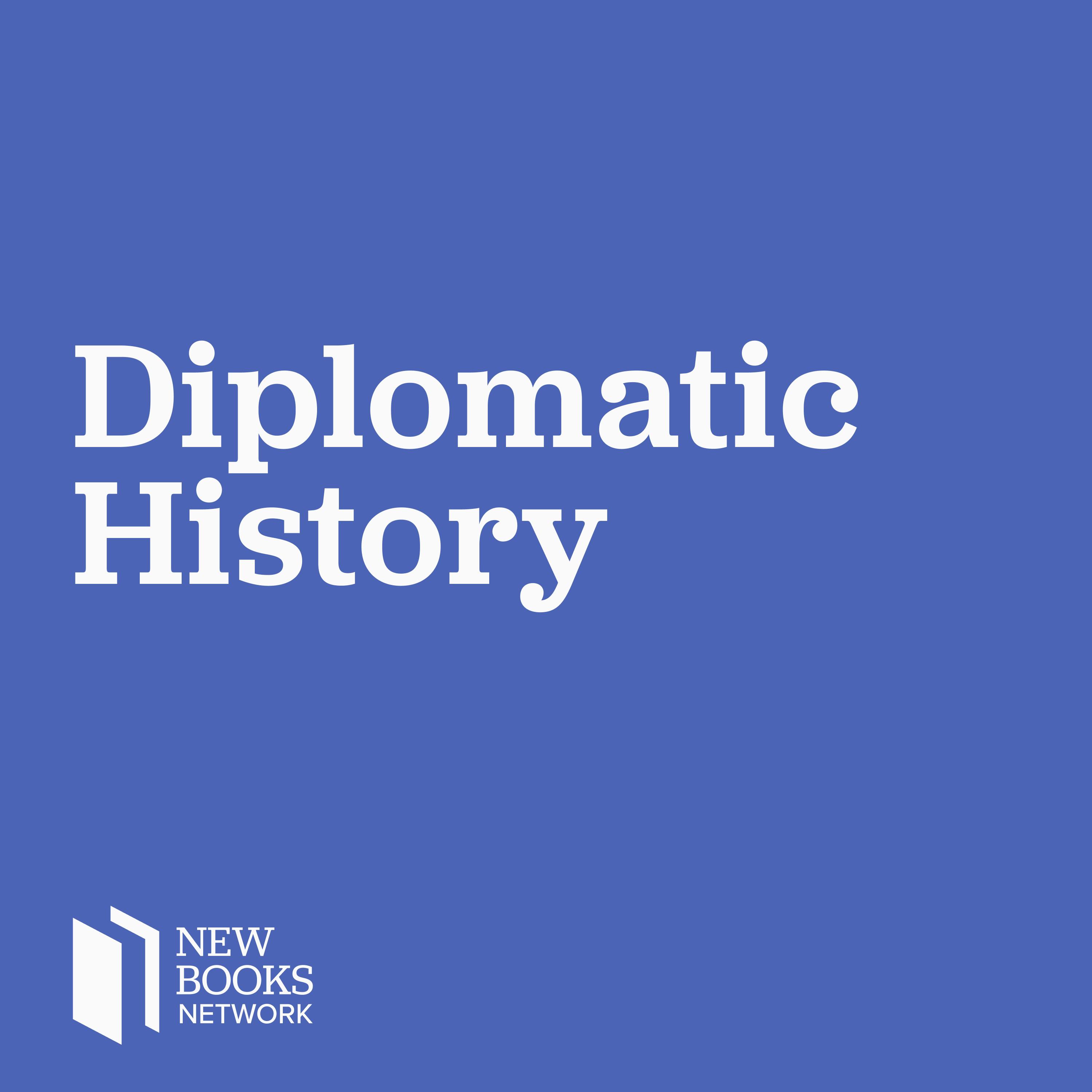D. M. Giangreco, "Truman and the Bomb: The Untold Story" (Potomac Books, 2023)
Description
Many myths have grown up around President Harry S. Truman’s decision to use nuclear weapons against Imperial Japan. In destroying these myths, D. M. Giangreco’s Truman and the Bomb: The Untold Story (Potomac Books, 2023) will discomfort both Truman’s critics and his supporters, and force historians to reexamine what they think they know about the end of the Pacific War.
Myth: Truman didn’t know of the atomic bomb’s development before he became president.
Fact: Truman’s knowledge of the bomb is revealed in his own carefully worded letters to a Senate colleague and specifically discussed in the correspondence between the army officers assigned to his Senate investigating committee.
Myth: The huge casualty estimates cited by Truman and Secretary of War Henry Stimson were a postwar creation devised to hide their guilt for killing thousands of defenseless civilians.
Fact: The flagrantly misrepresented “low” numbers are based on narrow slices of highly qualified—and limited—U.S. Army projections printed in a variety of briefing documents and are not from the actual invasion planning against Japan.
Myth: Truman wanted to defeat Japan without any assistance from the Soviet Union and to freeze the USSR out of the postwar settlements.
Fact: President Franklin D. Roosevelt and President Truman desperately wanted Stalin’s involvement in the bloody endgame of World War II and worked diligently—and successfully—toward that end.
Using previously unpublished material, D. M. Giangreco busts these myths and more. An award-winning historian and expert on Truman, Giangreco is perfectly situated to debunk the many deep-rooted falsehoods about the roles played by American, Soviet, and Japanese leaders during the end of the World War II in the Pacific. Truman and the Bomb, a concise yet comprehensive study of Truman’s decision to use the atomic bomb, will prove to be a classic for studying presidential politics and influence on atomic warfare and its military and diplomatic components.
Making this book particularly valuable for professors and students as well as for military, diplomatic, and presidential historians and history buffs are extensive primary source materials, including the planned U.S. naval and air operations in support of the Soviet invasion of Manchuria. These documents support Giangreco’s arguments while enabling the reader to enter the mindsets of Truman and his administration as well as the war’s key Allied participants.
Dr. Andrew O. Pace is a historian of the US in the world who specializes in the moral fog of war. He is currently a DPAA Research Partner Fellow at the University of Southern Mississippi and a co-host of the Diplomatic History Channel on the New Books Network. He is also working on a book about the reversal in US grand strategy from victory at all costs in World War II to peace at any price in the Vietnam War. He can be reached at [email protected] or via https://www.andrewopace.com/. Andrew is not an employee of DPAA, he supports DPAA through a partnership. The views presented are those of the author and do not necessarily represent the views of DPAA, DoD or its components.
Learn more about your ad choices. Visit megaphone.fm/adchoices
More Episodes
The exceptional opening of the archives of the pontificate of Pius XII (1939-1958) in 2020 did not end the controversies surrounding the silence of the pope in the face of Nazi atrocities. But, beyond the controversies, what do these new sources reveal? What do they contribute to our...
Published 11/26/24
A sobering account of how the United States trapped itself in endless wars—abroad and at home—and what it might do to break free.
Over the past half-century, Americans have watched their country extend its military power to what seemed the very ends of the earth. America’s might is felt on nearly...
Published 11/26/24
Published 11/26/24


